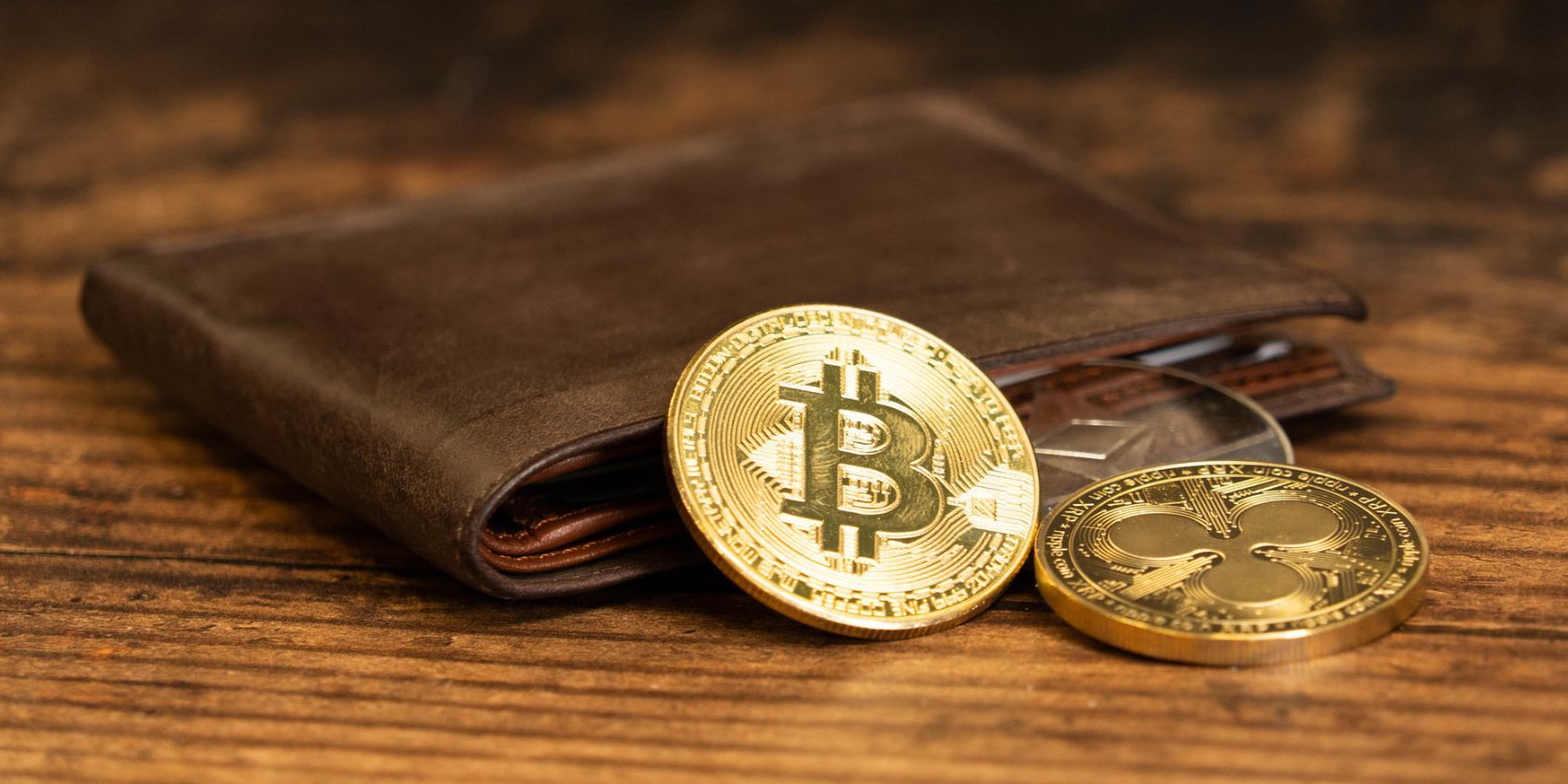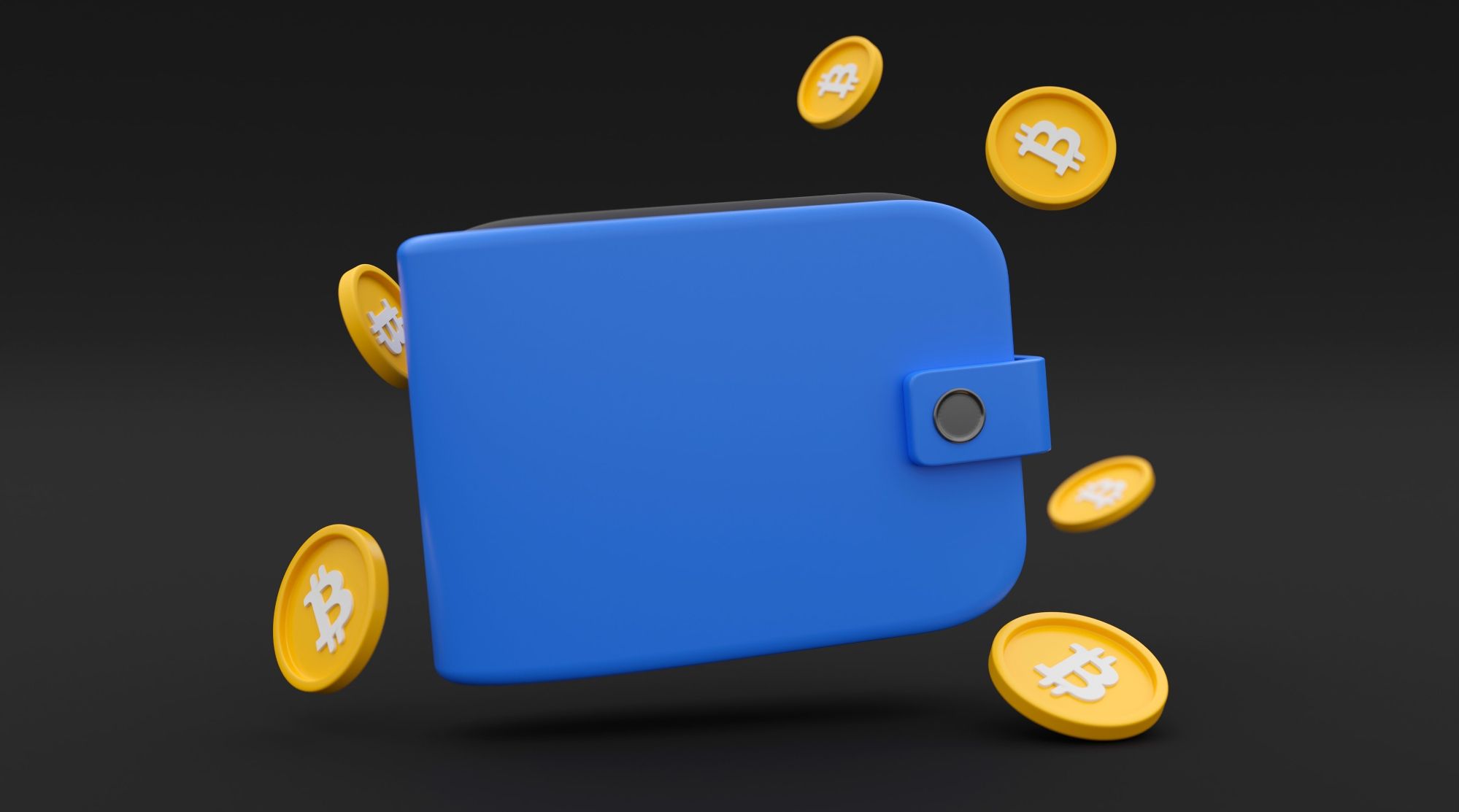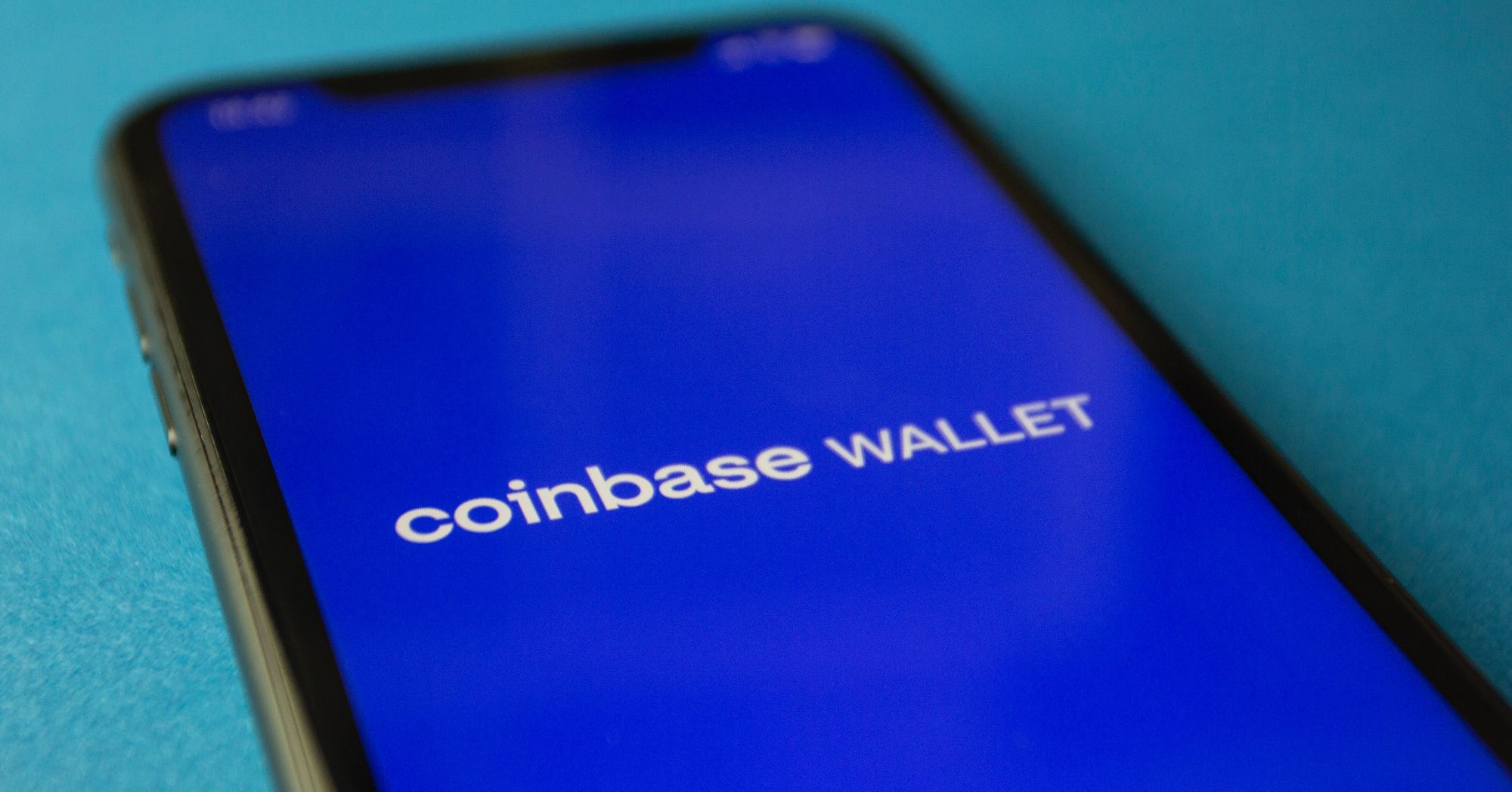If you’re interested in the tech realm, you’ve likely heard the term “web3” being thrown around over the past few years. Web3 provides a huge range of digital services, including something known as a web3 wallet. But what exactly is a web3 wallet, and should you be using one?
What Is Web3?
The term “web3” (also known as “web 3.0”) is essentially used to describe the newest phase or iteration of the internet. Before web3 came web2 (web 2.0), and before that web1 (web 1.0). Web3 focuses on incorporating newer concepts and technologies, such as decentralization, cryptocurrencies, and blockchains, into the World Wide Web.
Decentralization is a key element here, which you may have heard of before. Decentralization is now very popular in the crypto realm, specifically DeFi (decentralized finance). This corner of the crypto industry offers financial services that have a decentralized structure, meaning the data and power of the platform are spread across a community, rather than being harbored by a small group of decision-makers.
Web3 aims to take decentralization and apply it to the entirety of the web so that all platforms are controlled by a community of users, not authority figures. The core idea is that, when platforms are owned by everyone, they become more transparent and secure. It can also provide a trustless ecosystem, as it does not rely on third parties to operate. Rather, it employs its own token-based systems using blockchain technology.
So, where do web3 wallets come into this, and what can they offer you?
What Is a Web3 Wallet?
Because web3 has clear ties to cryptocurrency, you may think that it is identical to a crypto wallet. In fact, the two terms are often used interchangeably. And, while the crypto and web3 wallets do share similarities, they are not the same.
As the name suggests, a cryptocurrency wallet is designed to store just that, cryptocurrency. Web3 wallets, on the other hand, can hold other digital assets, such as NFTs (non-fungible tokens). They’re essentially more versatile in the CeFi and DeFi realms, particularly if you’re interested in more than crypto coins alone.
Like crypto wallets, you can get a web3 wallet in both a custodial and non-custodial form. But the majority of web3 wallets you’ll come across are non-custodial, meaning you have control over your private keys and are responsible for keeping them safe. A popular example of a non-custodial web3 wallet is MetaMask, a software storage option that can store both crypto coins and NFTs that come under the ERC-721 standard.
This kind of web3 wallet employs a trustless model, in which you don’t need to rely on any kind of third party to keep your sensitive information safe.
Do You Need a Web3 Wallet?
Whether or not you need a web3 wallet depends on what kinds of digital assets you’re looking to store. If you’re solely interested in cryptocurrency coins and tokens, such as Bitcoin, Ethereum, Tether, and Dogecoin, then a crypto wallet will suffice.
However, if you’re also interested in other forms of digital assets, namely NFTs, then you’re better off with a web3 wallet. If you’re looking to set up a web3 wallet, there are many great options out there, including Trust Wallet, MetaMask, Coinbase Wallet, Exodus, and Enjin Wallet. If you want a hardware web3 wallet, consider one of Ledger’s models. Trezor’s range of hardware wallets can also store NFTs on top of cryptocurrencies.
You may find that the wallet you’re currently using to store your cryptocurrencies also supports NFTs. It’s worth checking whether this is the case before opening an entirely new wallet.
You Could Benefit From a Web3 Wallet
While not everyone needs a web3 wallet, they’re certainly useful if you’re interested in a range of digital assets, rather than cryptocurrencies alone. So, if this sounds like you, check out some of the examples mentioned above to see if any of them fit your preferences.
Read More: news.google.com












 Bitcoin
Bitcoin  Ethereum
Ethereum  XRP
XRP  Tether
Tether  Solana
Solana  Dogecoin
Dogecoin  USDC
USDC  Cardano
Cardano  Lido Staked Ether
Lido Staked Ether  TRON
TRON  Avalanche
Avalanche  Sui
Sui  Wrapped stETH
Wrapped stETH  Toncoin
Toncoin  Stellar
Stellar  Wrapped Bitcoin
Wrapped Bitcoin  Shiba Inu
Shiba Inu  Chainlink
Chainlink  Hedera
Hedera  WETH
WETH  Polkadot
Polkadot  LEO Token
LEO Token  Bitcoin Cash
Bitcoin Cash  Uniswap
Uniswap  Litecoin
Litecoin  Pepe
Pepe  Hyperliquid
Hyperliquid  Wrapped eETH
Wrapped eETH  USDS
USDS  Ethena USDe
Ethena USDe  NEAR Protocol
NEAR Protocol  Aptos
Aptos  Internet Computer
Internet Computer  Aave
Aave  Mantle
Mantle  Monero
Monero  Ethereum Classic
Ethereum Classic  POL (ex-MATIC)
POL (ex-MATIC)  Cronos
Cronos  MANTRA
MANTRA  Dai
Dai  Render
Render  Bittensor
Bittensor  Artificial Superintelligence Alliance
Artificial Superintelligence Alliance  Tokenize Xchange
Tokenize Xchange  Filecoin
Filecoin  Arbitrum
Arbitrum